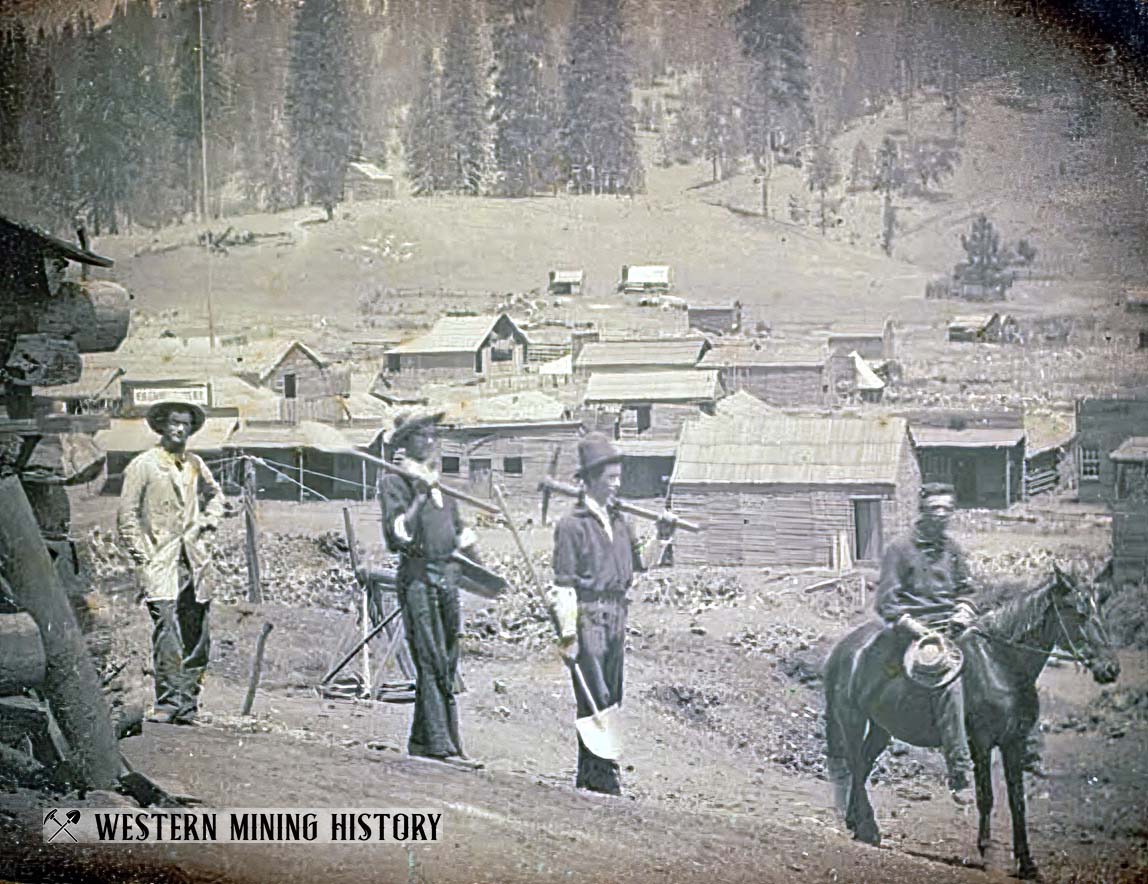Volcano History
By Jan MacKell Collins.
Located in Amador County some 60 miles east of Sacramento, Volcano has been referred to as “the most picturesque of the mother lode towns.” The charming former gold rush settlement sits at an elevation of 2,070 eet, with a very interesting history behind it.
Although Miwok natives originally lived in the area, the story of the town itself begins with the arrival of Colonel John Stevenson and his New York 7th Regiment from San Francisco during 1848.
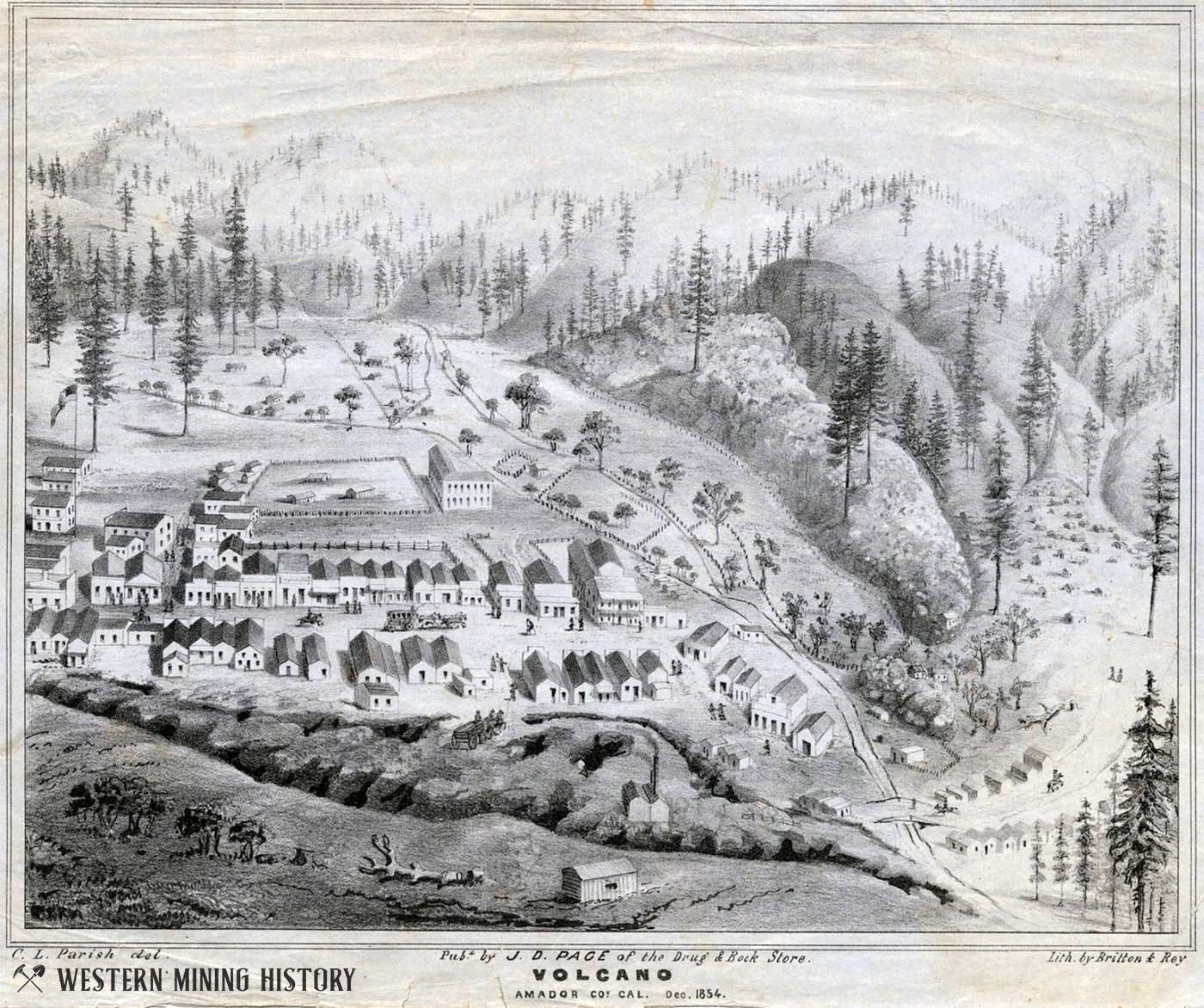
Stevenson arrived during winter and decided to camp until spring. When his men began finding gold flakes in the area, a small mining settlement, Soldiers Gulch, sprang up. It was also referred to as Clapboard Gulch.
Come spring, Stevenson’s men moved on after enduring a harsh winter. Many years later, the skeletons of those soldiers who had perished were discovered, and they were buried on Graveyard Hill. News of the gold, meanwhile, spread as miners moved in to try their luck.
Notably, Soldier’s Gulch was located in what resembled a crater, and the mist emanating from it in the early mornings made it resemble a volcano. Some say the miners even mistook it as a caldera, an ancient volcano. Although that wasn’t correct, the mining camp eventually was named Volcano.
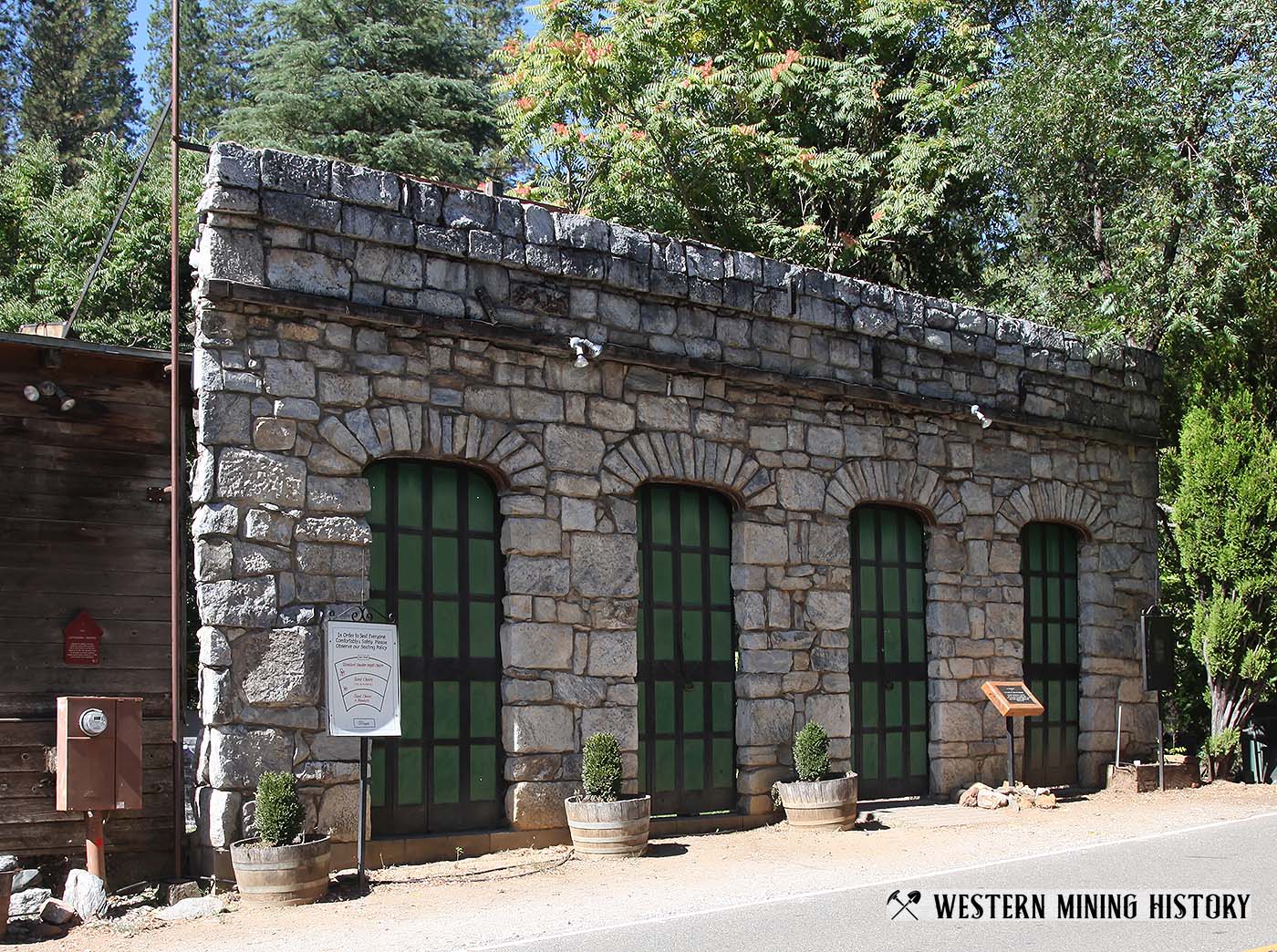
In those early years, men could literally pick nuggets from the ground by hand. The average prospector could make up to $100 per day, and some up to $500 per day.
When a layer of clay was discovered under the diggings, mining slowed considerably as the miners tried to figure out how to extract the gold. The solution, they found, was to boil or dry the clay and recover the gold within. The boom continued, and over $90 million in placer gold would eventually be mined.
In 1849 the business section of Volcano included seventeen hotels, eleven shops, three bakeries, a couple of saloons, a theater, and even a community library. Over the years, more saloons and dance halls would open for business, but Volcano was unique in that it also embraced culture and the beauty of the area.
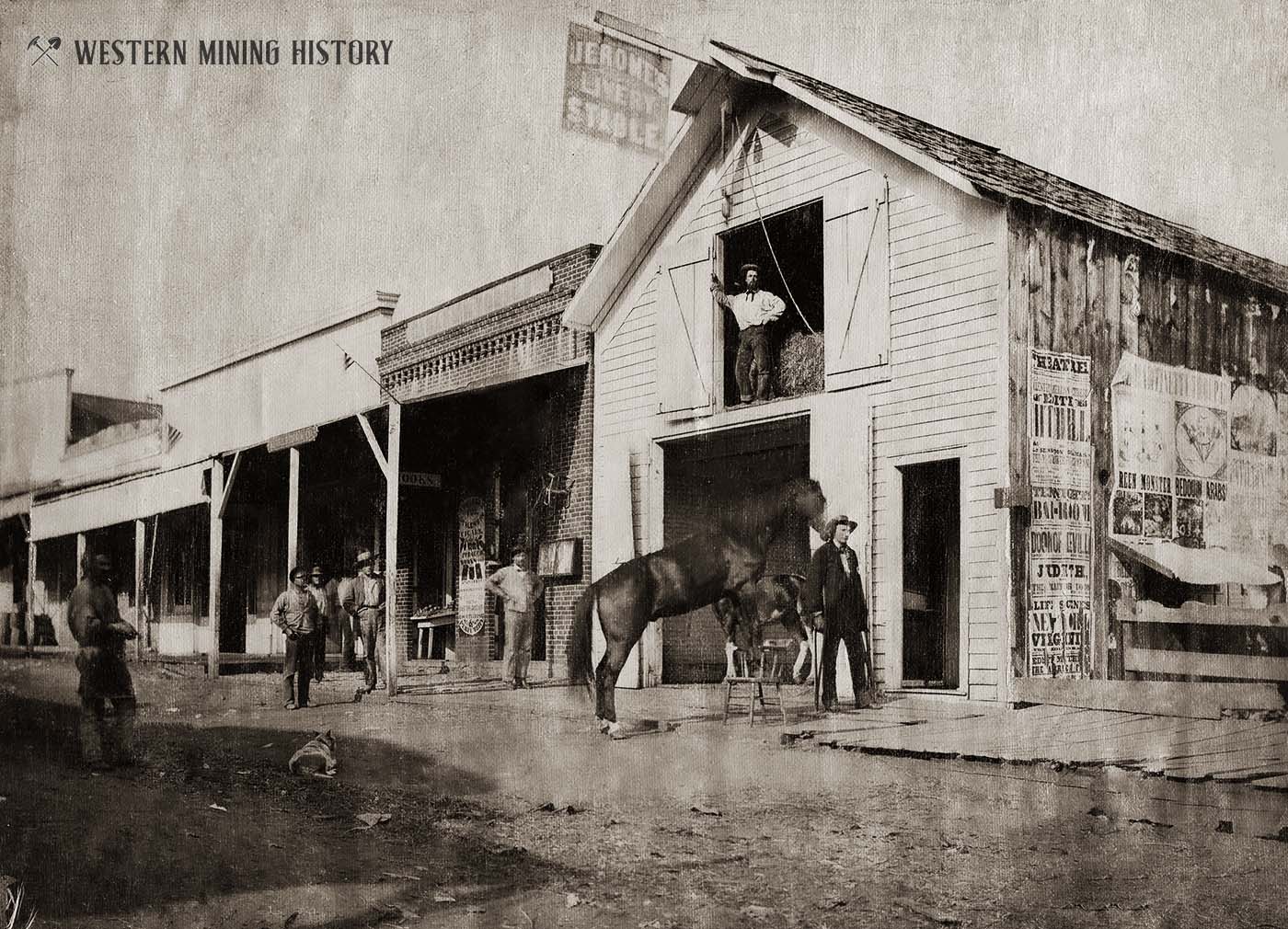
Jacob Cook, who arrived in 1849, called the Volcano valley “a natural beauty spot, covered with leafy white oaks of immense size, and carpeted with grass, three to five feet high, having the appearance of an old English park.”
Volcano’s post office opened in 1851, when there were 300 houses in town. A new, shorter road was built from the summit of the Sierra Nevadas in 1852, and Volcano saw its first murder the following year when a storekeeper named Beekman was robbed and killed by two men. They were later caught aboard the SS Brother Jonathan on the coast and incarcerated at San Francisco.
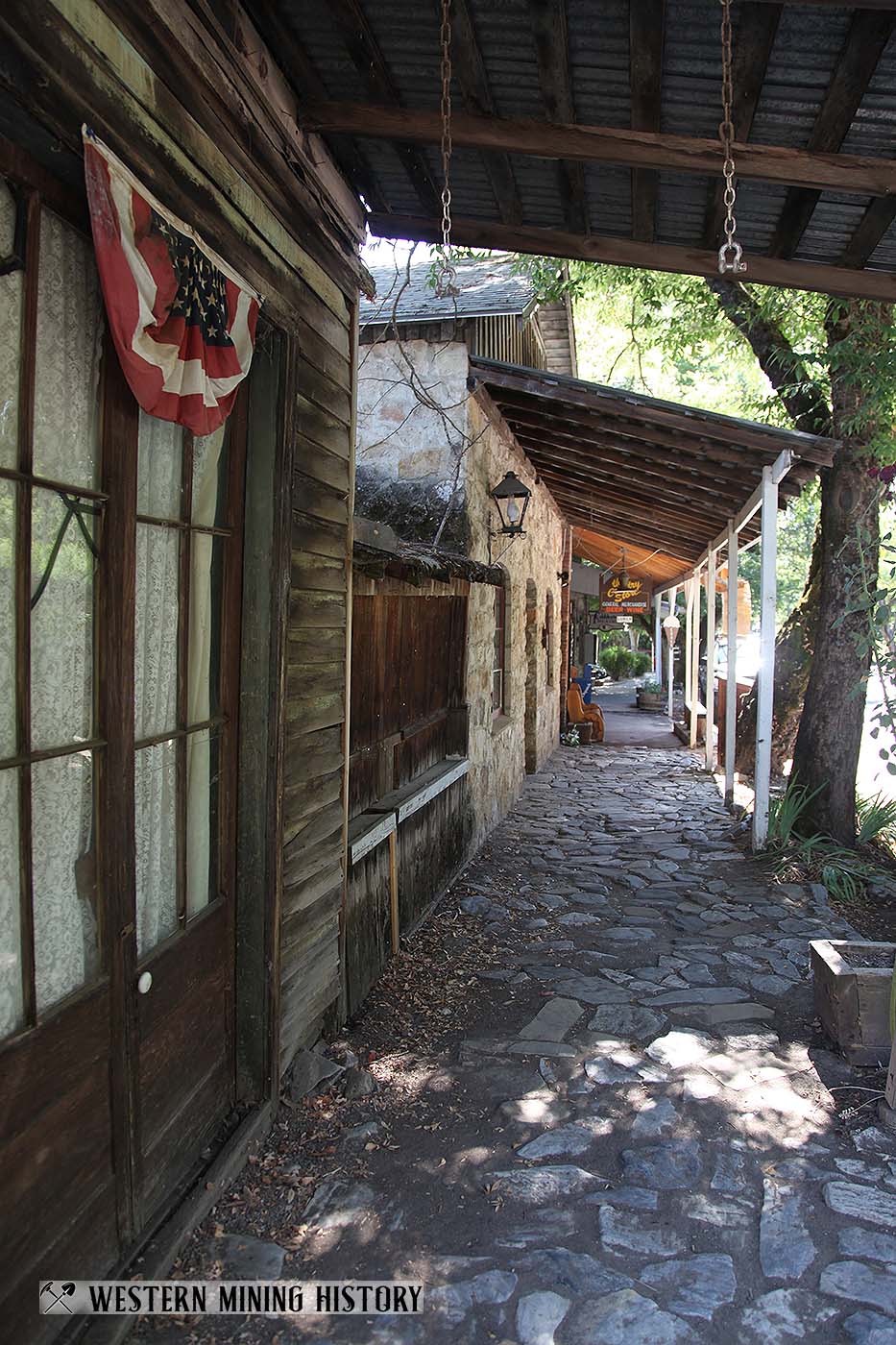
In the meantime, the miners kept mining: when the Eureka House hotel burned that same year, those staying there were primarily concerned with sluicing the ashes in search of their lost gold nuggets.
Culturally speaking, Volcano ranked higher than many mining towns like it. During 1854 alone, Volcano formed the first theater group and the first debate society in California, while its library became the first in the state to circulate its book collection.
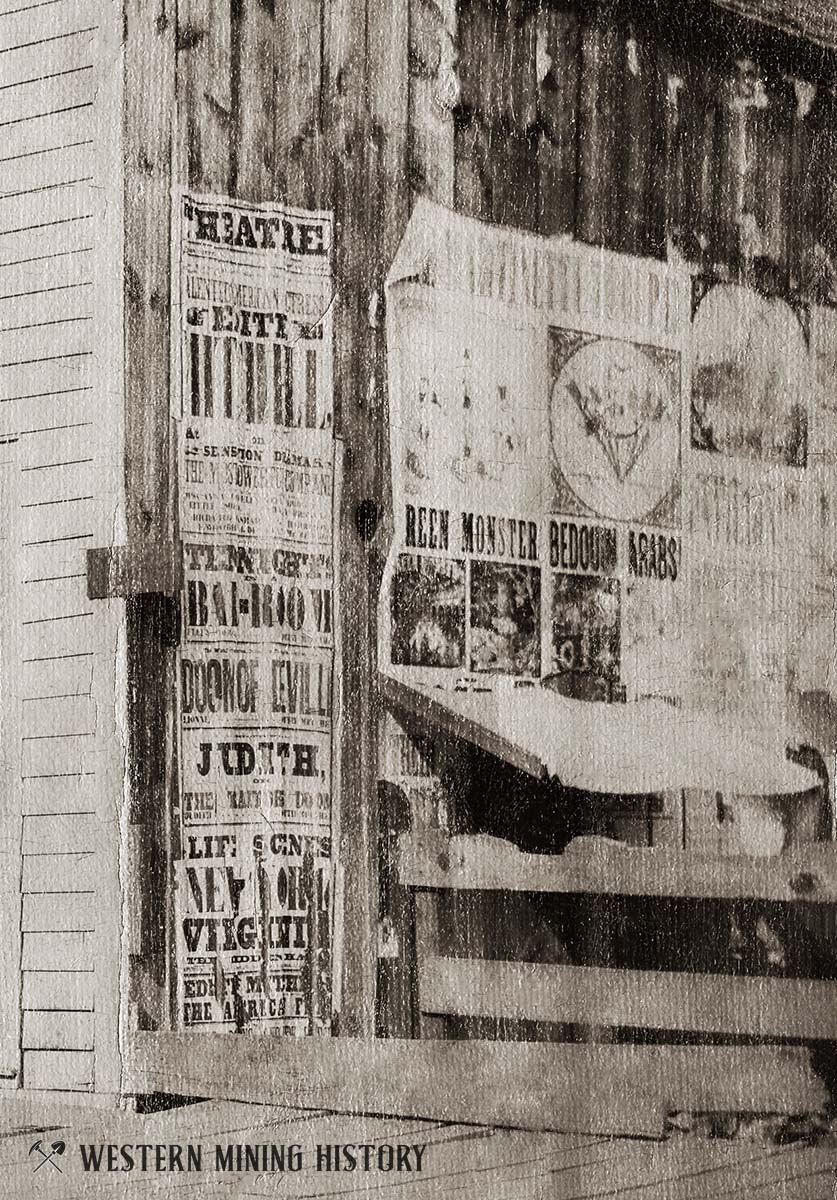
With these achievements under its belt, the town tried to take the county seat, but was unable to bring that dream to fruition. Instead, the community made do with more “firsts” for California: a private school opened in 1855, as well as a private law school.
Elaborate and extensive placer mining techniques were used to extract the rich gold from the deep gravel channels around Volcano, similar to the techniques used at Columbia.
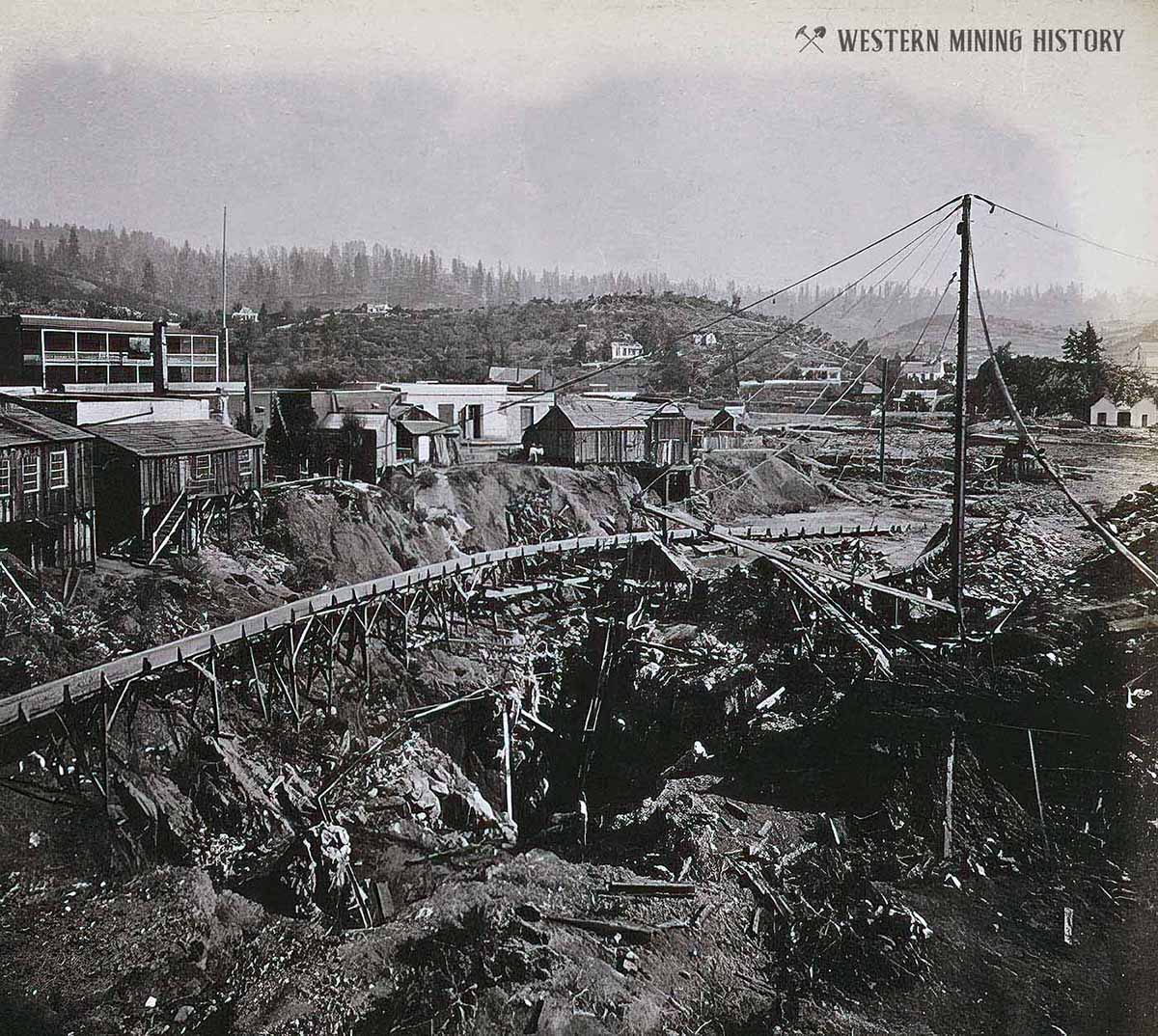
Hydraulic mining was also utilized, cutting down entire hillsides with pressurized water so the gold could be sluiced out of the mud. Hydraulic operations often yielded more than $1,000 in gold in a single day. The downside was that tons of dirt from this method of mining flooded the rivers downstream with sediment and mud.
In 1857, Volcano vied for the county seat once again, and lost again. The reason this time was because after two years of hydraulic mining, the gold resources were beginning to decline. Volcano’s only newspaper, the Volcano Weekly Ledger, closed its doors.
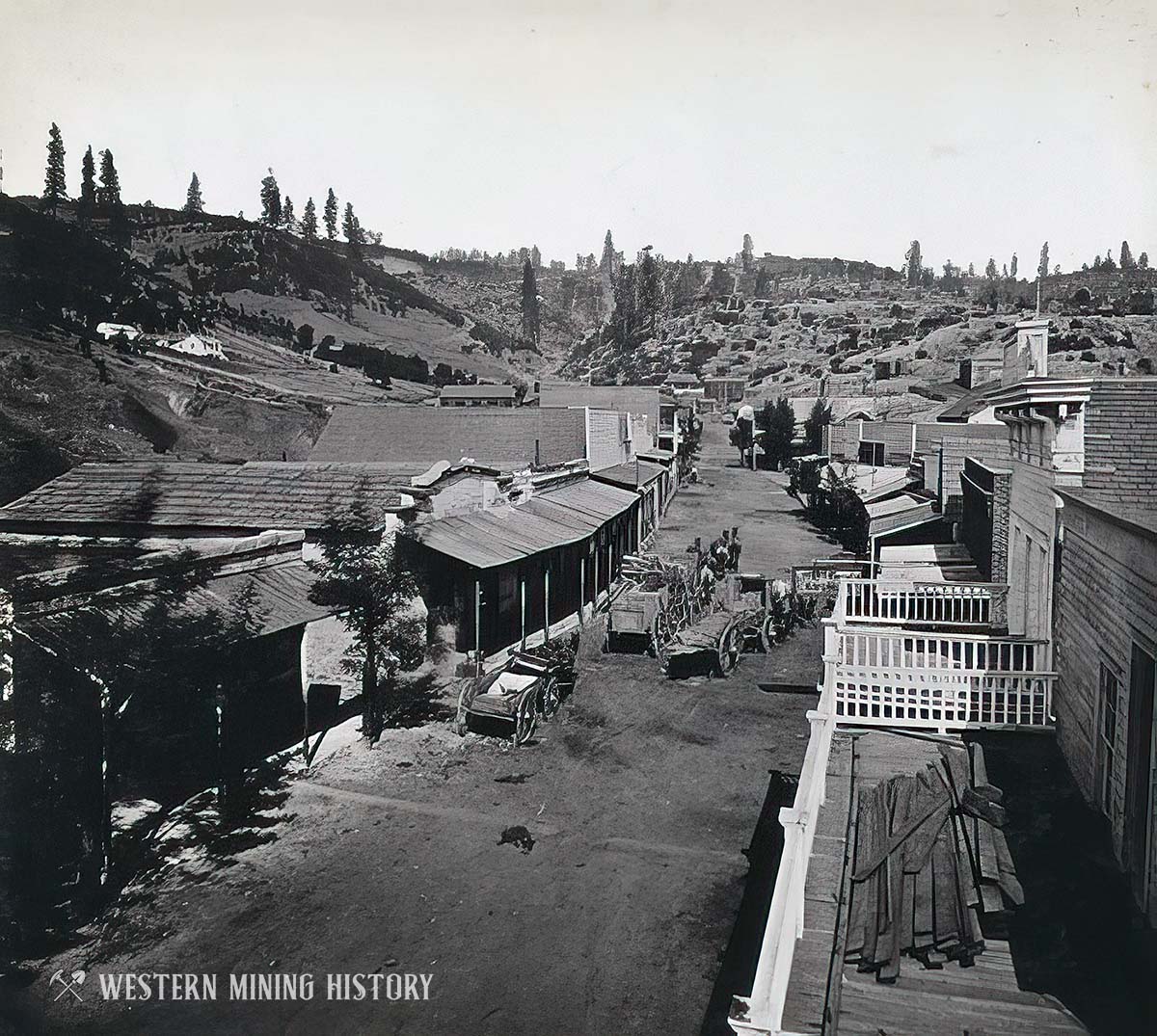
Although the population was around 5,000 people and there still many amenities, Volcano slowly but surely began downsizing. A devastating fire in 1859 didn’t help matters much. California’s first astronomical observatory built in 1860, however, did. It was constructed near the town, and the site is now an official California landmark.
Indeed, Volcano had a knack for survival. They say that during the Civil War, supporters of the north decided to “intimidate” the southern rebels among them—by sneaking an 800-pound cannon into town in a hearse and firing it down Main Street. Northerners had been quietly cautioned to board up their windows, but those owned by southern business owners were shattered by the blast.
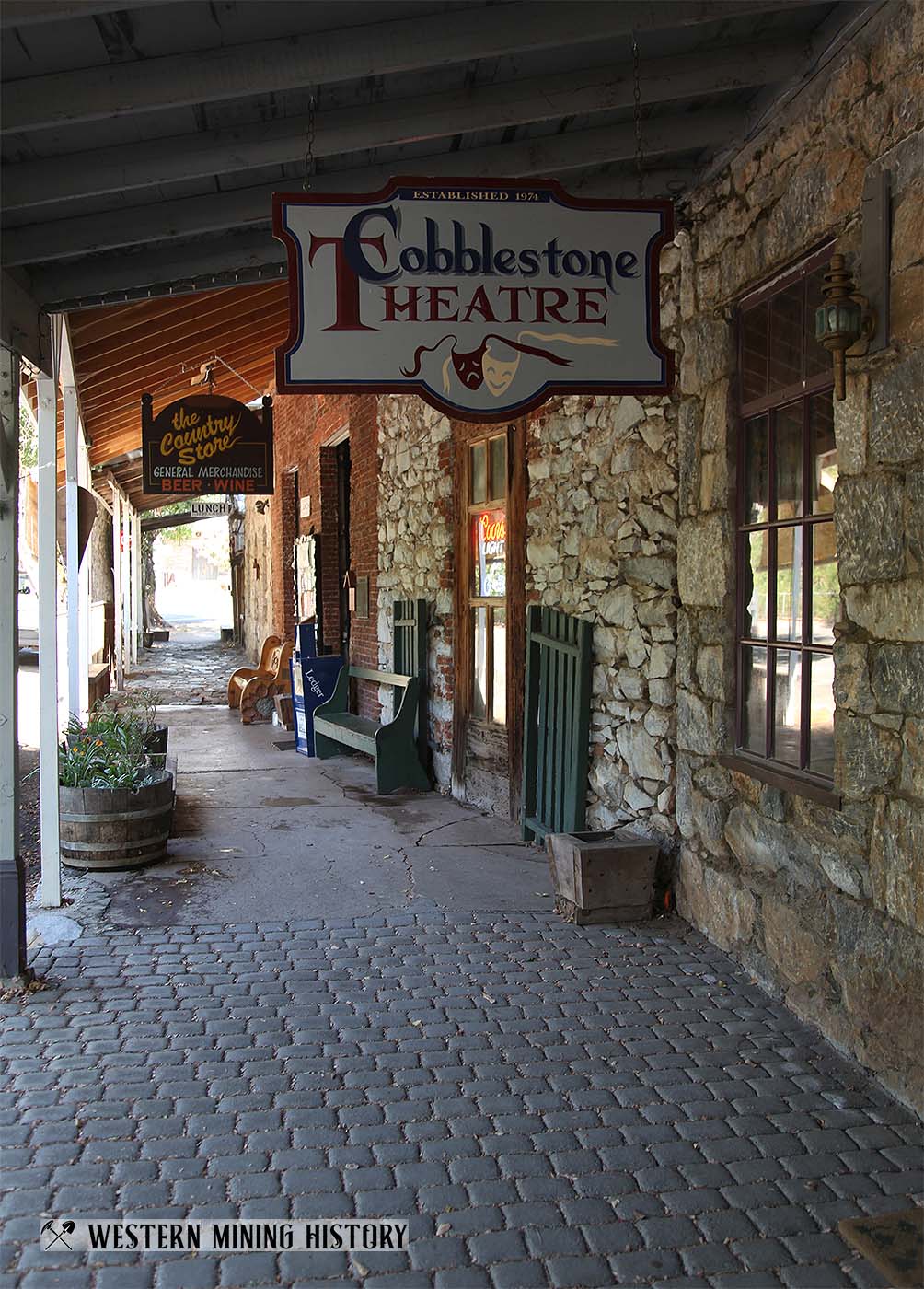
When another fire struck in 1862, residents stubbornly rebuilt. But in 1868 a number of fires, some believed to be the work of arsonists, signaled the final days of Volcano.
Even then, a few die-hard residents stayed in Volcano. Notable among them were Arthur and Lizzie McLaughlin, who purchased Peter Denzer’s home, and its expansive daffodil garden, in 1877. Future San Francisco mayor Angelo Rossi was born at Volcano in 1878. The all-new Union Billiard Saloon and Boarding House opened in 1880, and doubled as the Volcano Justice Court, presided over by Judge Peter Jonas.
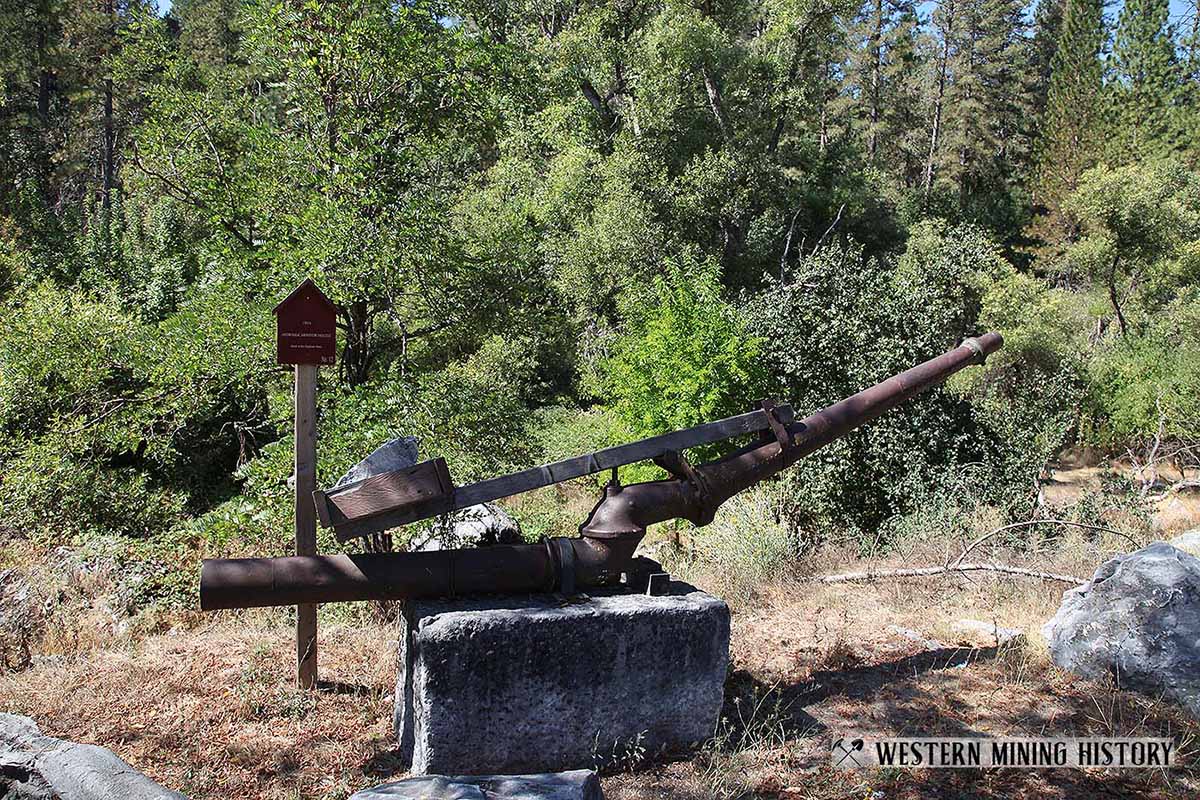
Volcano’s final downfall was the 1883 “Anti-Debris Act”, which curtailed hydraulic mining through much of the state. Most residents finally moved on, although a few people did continue living there.
Among those that stayed were William and Kate Liversedge, whose third child, Harry, was born at Volcano in 1894. Harry would grow up to be a track star during the Olympics in 1920 and again in 1924. He later became a Brigadier General during World War II and led the regiment whose men raised the flag at Iwo Jima.
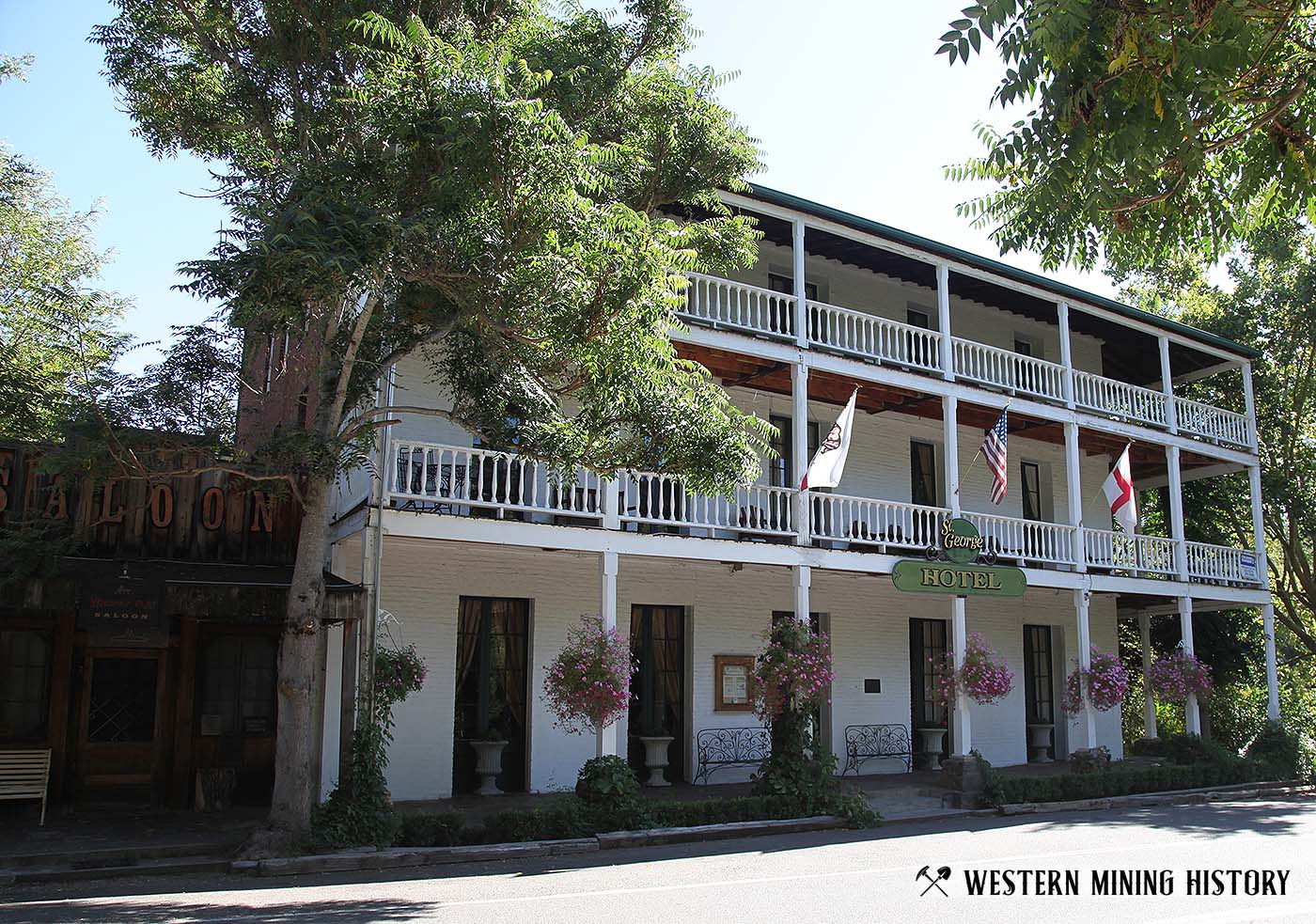
Today about 200 people call Volcano home. The general store has remained in business since 1852. There is still a theater company. The historic St. George Hotel still caters to guests. A pleasant array of restaurants, shops, and taverns keep Volcano alive, as well as the blooming daffodils at Daffodil Hill. All serve as reminders of what Volcano once was, and what it is today.
It All Started With The Gold Rush
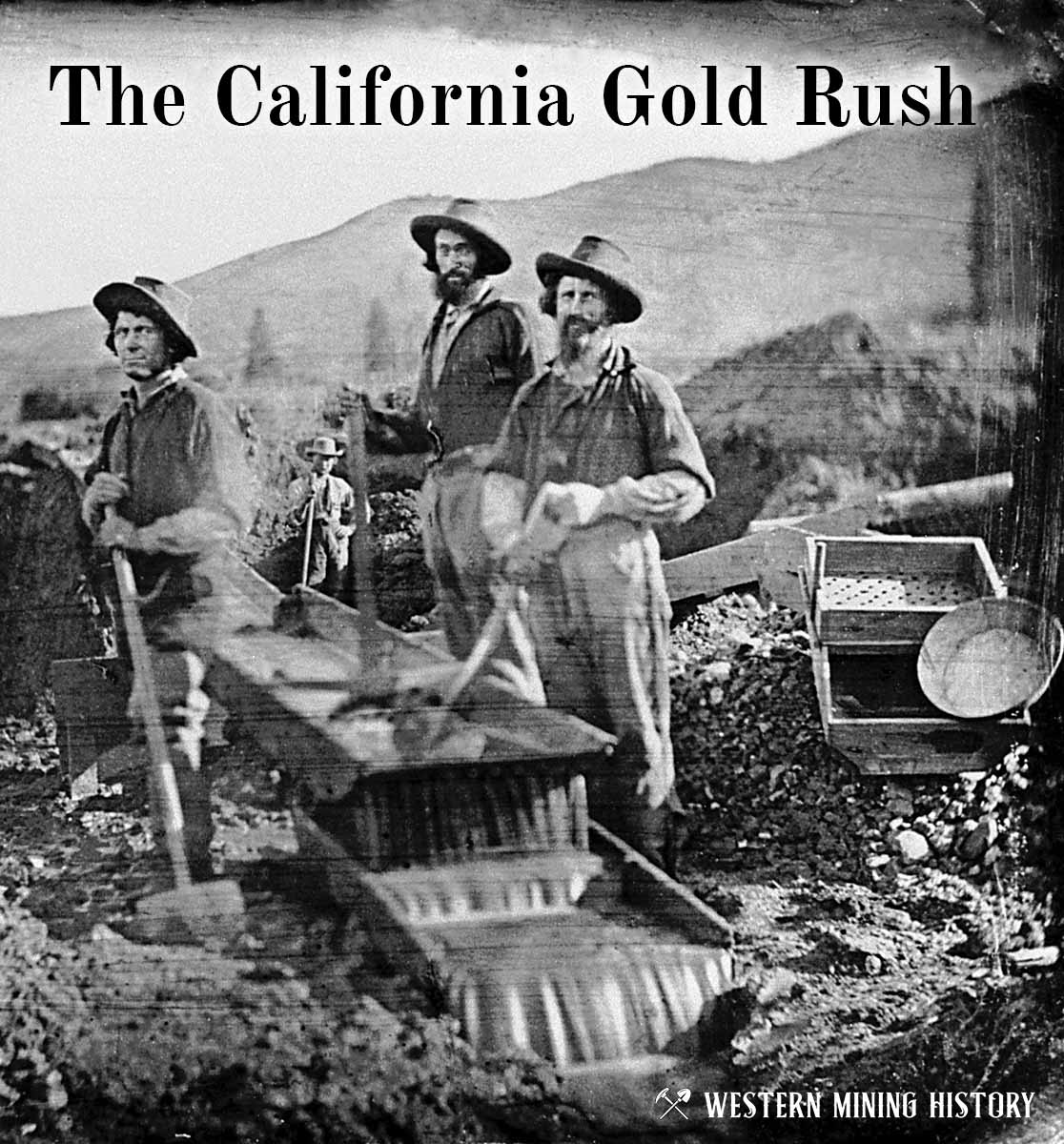
The great California Gold Rush kicked off the entire saga of western mining. Read about it at The California Gold Rush.
California Gold

"Where to Find Gold in California" looks at the density of modern placer mining claims along with historical gold mining locations and mining district descriptions to determine areas of high gold discovery potential in California. Read more: Where to Find Gold in California.
